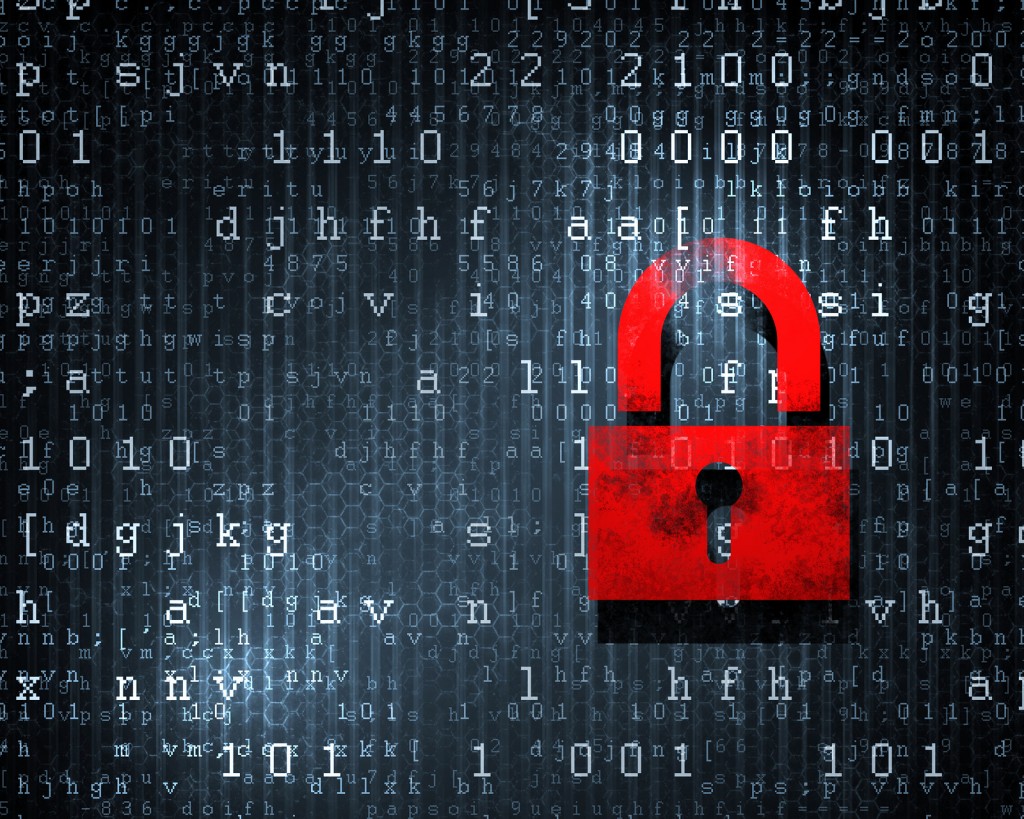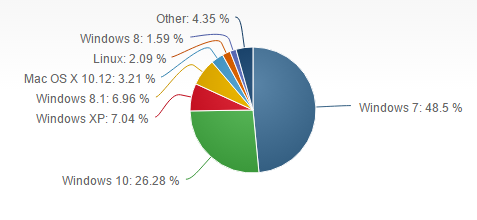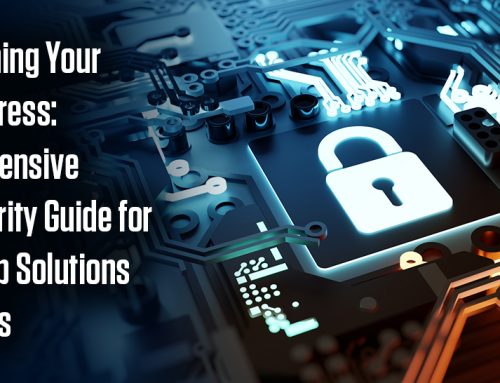The WannaCry Global ransomware event showed us all how critical it is to have proper cyber-security infrastructure, but it also shed light on the fact that it’s high time to ditch your Windows 7 machines…

First off, if you haven’t read our detailed account of the WannaCry event, go here and brush up on what we’re talking about. It was easily the largest cyber-crime event known to the public.
Here at Upward, we have a bias to being non-alarmist, but WannaCry has concerned us a great deal as your trusted IT partner. And we want to alert you to new and critical risks you are facing.
- Security experts agree that this sort of attack will happen again. And soon.
- The technology developed by the designers of WannaCry was apparently taken from a cache of documents periodically leaked by a group known as the ShadowBrokers, who presented them as being stolen from the NSA.
- WannaCry targeted specific technologies in Windows XP, 7, and 8. This technology is no longer used in Windows 10.
- Windows 7 is now the oldest and least secure Windows Operating System (see below).
We have been suggesting that our clients phase out or upgrade their Windows 7 boxes for some time now, but the point to do so is now critical.
And while it only seemed like yesterday, from a strictly technological perspective, Windows 7 is long in the tooth:
- Win7 was released on July 22nd, 2009
- Mainstream support for 7 is already over as of January of 2015. We are currently in extended support which means that support is limited and going away very soon.
- As a point of comparison, XP was released in 2001 and ended in 2014. Windows 7 is very nearly the same age as XP, and there was a security crisis when Microsoft eventually cut off support for XP.
So, the prudent course of action is to upgrade your PC’s to Windows 10 as soon as it is feasible.
Do you still need more convincing? Here are some sobering numbers regarding the security risk of Windows 7:
- Windows 7 is currently installed on 48.5% of all Windows computers. It also has the oldest and most outdated security. This means that it is the operating system that cybercriminals are focusing on most heavily when engineering attacks.

Our plan at Upward is to let you know how many Windows 7 machines you have in your company and work out a plan to upgrade or replace them.
We believe that time is of the essence, as the exploitable risk factors are globally understood and gaining traction.
If you’d like to get a jump on the process of replacing and upgrading your Windows 7 systems contact Upward today!






Leave A Comment